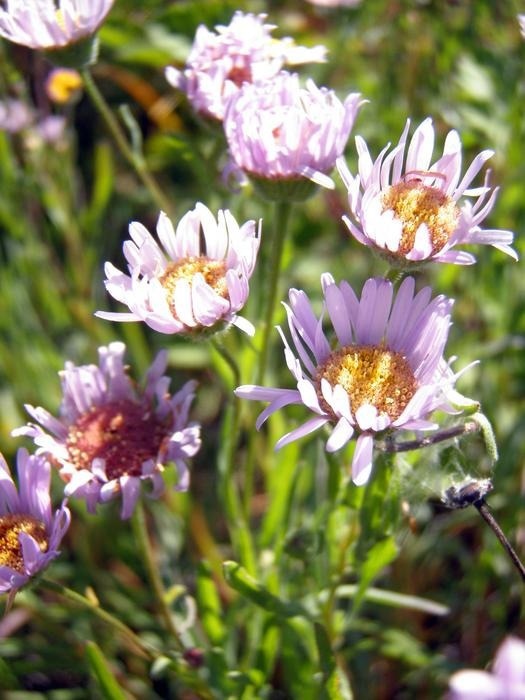Recent research coming out of Pennsylvania State University reveals that all plants and lichens outlined as endangered under the Endangered Species Act are vulnerable to climate change, but little effort has been made to address this threat directly.
 The endangered species Willamette daisy (Erigeron decumbens var. decumbens). Image Credit: Christine Williams, Mackenzie Cowan, Sandra Miles, Sally Villegas, and West Eugene Wetlands staff.
The endangered species Willamette daisy (Erigeron decumbens var. decumbens). Image Credit: Christine Williams, Mackenzie Cowan, Sandra Miles, Sally Villegas, and West Eugene Wetlands staff.
The study was published on July 26th, 2023, in the open-access journal PLOS Climate.
The world’s species, particularly endangered species, which are already rare, are predicted to be significantly impacted by climate change. Plants and lichen make up the majority of the organisms listed under the Endangered Species Act. Still, the threat that climate change poses to endangered plants has not been systematically assessed in over a decade.
To tackle this challenge, Wrobleski’s group tailored current assessment tools used to investigate the threat of climate change for wild animals and applied them to 771 listed plant species. They specifically assessed whether climate change was acknowledged as a threat to each species and whether measures were being taken to address the threat for the listed plants and lichens.
Climate change is threatening all of the listed plant and lichen species, according to the researchers. Despite the fact that the majority of the documentation for these species recognized climate change as a threat, few actions were taken to protect the listed species.
The team concludes that while acknowledging the danger that climate change poses to rare plants is a crucial first step, immediate action must be taken to guarantee the recovery of many of these species.
For successful species recovery over the next century, it will be even more important to have precise and focused objectives. They urge the use of their research to support conservation planning for lichens and plants that are endangered, as well as to inform upcoming recommendations for listing species and formulating recovery plans.
The authors note, “We evaluated the conservation plans for all endangered plant and lichen species listed in the Endangered Species Act and found that while climate change is recognized as a threat to the species, few conservation plans include actions to address climate change directly. Climate change will not only impact the lives of people but also rare and endangered species and the ecosystems we interact with every day.”
Journal Reference:
Wrobleski, A., et al. (2023) The impact of climate change on endangered plants and lichen. PLOS Climate. doi.org/10.1371/journal.pclm.0000225.